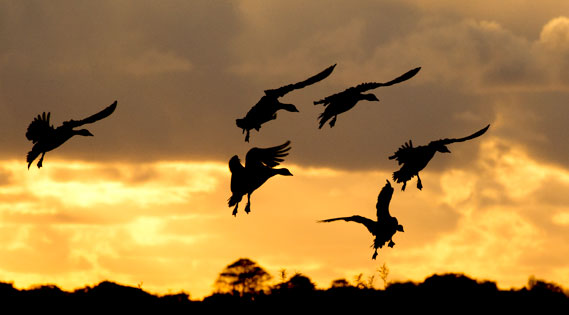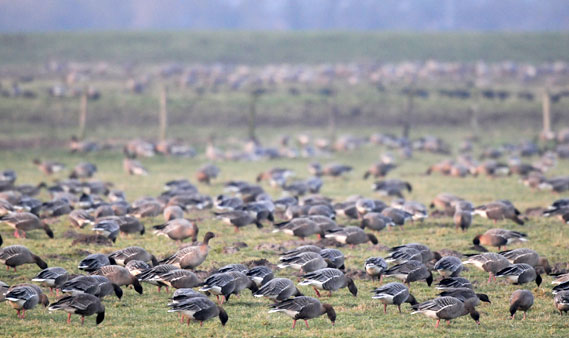
Last year I invested in a Nikon D3s and have been putting it through its paces. It’s a camera that challenges everything I was taught in traditional analogue photography.
I’m able to shoot effectively at 10,000 ISO (the new D4 goes beyond this). It opens up new possibilities and questions the the old adages that I would proffer to students year on year: Photography is about compromise ….. You can’t have everything ….. There’s always a trade off. These statements are rapidly, with every new camera launch, melting away as technology pushes forward. I’m forced to reassess all that the technical side of photography means and can only guess where we may be in another five years.
The benchmark rises all the time; the expectation of what’s possible means there is an extraordinary increase in the number of people picking up a camera and ‘having a go’ at imaging wildlife and particularly birds. Many are producing very fine work that just a few years ago would have been impossible.
lack of toleration from traditional birdwatchers
This expansion of those with cameras has, however, provoked a backlash from the more traditional birdwatcher who is becoming increasingly frustrated at the ‘constant’ and rapid firing of shutters that can now shoot at ten frames a second. A recent series of letters in Waterlife, the quarterly magazine of the Wildfowl & Wetlands Trust, have brought this issue to wider attention.
I write to complain as to why we have to keep suffering the constant noisy and annoying repetitive click, click, click of digital SLR cameras in hides…
Waterlife, Issue 180 p.15
Mr. Hiccox goes on to state that he takes ‘digiscope photos’ and that he suppresses all the camera bleeps and noises that are the default on compact cameras, whose electronic shutters do not suffer the not excessive noise that the reflex mirror system of a DSLR produces. He implores the WWT to put notices in hides reminding people to respect others who are ‘also in there to observe the wildlife’
I wonder how long it will take such places to put a ban on ‘noisy’ or any other type of photography in hides. As in many other areas in life the photographer is once again vilified.
WWT impose unfair restrictions on photographers
I’m also aware that the WWT website now states,
Photography is permitted on site providing it is for personal use only. All commercial/stock library photography must be agreed in advance with the centre and is subject to a fee.

How this could ever be policed I’m not at all sure and as someone who has been a member of the trust for many years, paying an annual fee to help with the upkeep of the reserves, I find it a little rich to be told that, in effect, I can not sell any image I take whilst on one of ‘their’ reserves. It is the members, and of course those paying at the gate, who fund the organisation and the reserves are managed, I would have thought, on our behalf. Without the paying public and loyal members there would be no reserves.
The WWT needs to be a little more relaxed concerning photography on ‘THIER’ reserves. If Autumn Watch turns up or a major film crew documenting the return of the Geese then fair enough levy a charge, as there would be major disruption to the day to day running of the centres and a considerable commercial gain for the companies involved. To target and effectively intimidate individuals, who may make small amounts through low sales (photographers struggle to make any serious return from their work as it is) is surely a step too far.
A word of warning though. Many cameras are now capable of including GPS within the meta data of every image. Disable this if you real feel the knives are out to track your images down, or at least strip it out of any image you may want to publish.

To return to Mr. Hiccox’s problem with photographers and the noise of the camera shutters, I quote from a reply to his letter from Richard Parker,
…it is a mechanical function of the camera and as such can not be silenced. I agree that hide etiquette is important and I will try my best to be as quiet as possible. If I could silence my camera fully please rest assured I would.
Waterlife Issue 181p.14
Dont be Intimidated
Personally I do switch off all external noises, such as focus confirmation bleeps, when photographing and I am also selective in what I shoot, always aware of others, but I will not be intimidated by a growing number of ‘purists’ who are, interestingly, often annoyingly vocal in hides – perhaps we should also stop all conversation over a certain decibel as it can be just as disturbing. Or maybe we should all relax a little and realise that natural history will be enjoyed by many people in many different ways and as long as we all respect each other there should be no problem in how people wish to experience their right to be in such places.

Good point Tim , there’s always someone who dislikes change to the existing order. But with the rising interest in wildlife generally through programmes on TV – more people with or without cameras in hides is a good thing ? more revenue for the WWT , hell they could splash out on hides for photographers only – ( reclining chairs , coffee machines , toasters ) mind you , go on a grotty day ands theres no one there !
It is interesting the people remember hide etiquette when it comes to cameras but not screaming children (I don’t mind them, incidentally, kiddies are there to learn and enjoy too) or adults elbowing in prior to feeding times, pushing aside the patient photographer who’s been waiting for hours to capture a scene, for instance.
But then photographers come in handy in promoting the work WWT and other organisations do as well as love for wildlife. This should be remembered (alongside with the support and the fees) when decisions are made … In fact I would be much happier if we were out of the hides altogether and allowed to crawl nearer wildlife, in dedicated hides, not open to the general public.